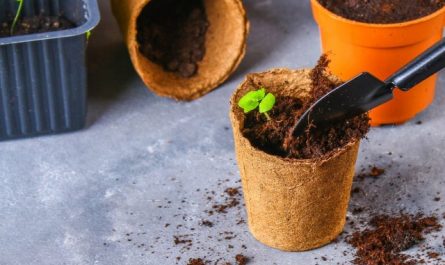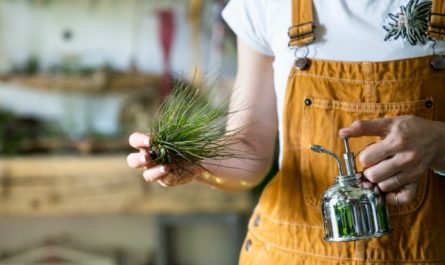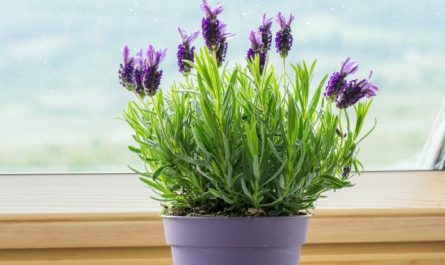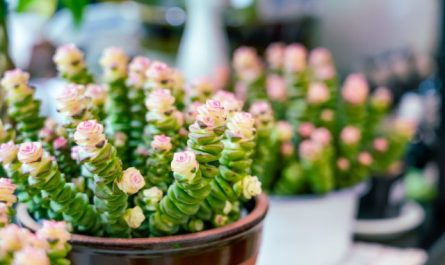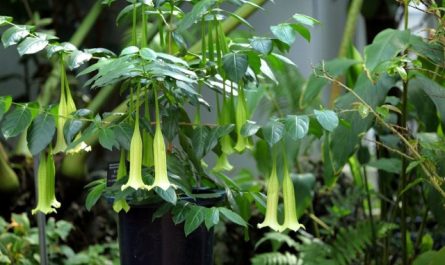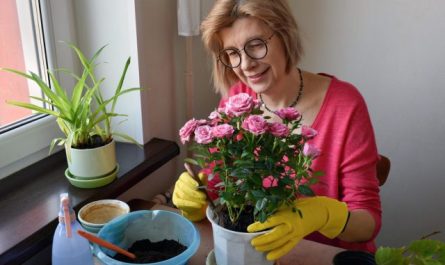Coprosma (Coprosma, family Rubiaceae) is one of the five largest families of plants. By 2009, the family included from 611 to 618 genera and about 13 species.) is a low plant, the appearance of which can be quite diverse. Depending on the species, coprosma is a shrub, subshrub, tree or climbing plant. Coprosma leaves are ovoid or elliptical, glossy, dark green, 500 – 2,5 cm long, their edges are slightly bent. Coprosma flowers are small, white or greenish, collected in an inflorescence head. Orange-green berries are tied in their place.
The following types of coprosma are grown indoors: Coprosma repens, Coprosma lucida, and Coprosma kirkii. The latter type has a ‘variegata’ variety with a white border along the edge of the leaf. Coprosma shoots can be attached to a wire frame, giving the plant the shape of a wreath or ball, or they can be let along a retaining wall.

Coprosma is a very light-loving plant, requiring a sunny location, however, on hot days, Coprosma may need shading. In summer, the optimal temperature for Coprosma is about 20 °C, it is better to take the plant out into the fresh air. In winter, Coprosma can be kept at 5 – 10 °C. Coprosma requires moderate air humidity, it is useful to spray the plant occasionally.
Coprosma is watered abundantly in summer, moderately in winter, and if kept cool in winter, care should be taken not to over-water the soil. Coprosma is fed twice a month in summer with complete mineral fertilizer. To enhance branching and give the desired shape, the tops of the shoots should be pinched regularly. Young plants are replanted annually in spring, and adults – every other year. The substrate is prepared from a mixture of turf and leaf soil, humus and sand in a ratio of 1:1:1:0,5. Reproduction is carried out by semi-lignified cuttings. The soil temperature should be 18 – 20 ° C, rooting occurs best in the fall, in September.
Coprosma can be affected by aphids as a pest. Sticky secretions of insects are visible on the leaves. Infected plants should be sprayed with actellic.

© Forest & Kim Starr



